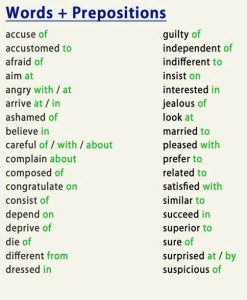Hello all!
Today I’d like to talk about two word pairs that I see confused in somebody’s writing at least once a day: its/it’s and your/you’re. I’ve noticed among writers both pro and amateur a strong tendency to use it’s where they should use its and you’re where they should use your.
Why?
My theory is that these pervasive errors can be chalked up to possessiveness and the fickle rules of the English language. You see, these two word pairs violate the general English rule that possession is indicated using the ‘s. For almost everything in English, we indicate possession by adding ‘s to the end of the noun: Bobby‘s pencil, the school‘s playground, the couple‘s wedding. So it makes sense to us that it’s and you’re would indicate possession. But that’s not the case!
The apostrophes in it’s and you’re are actually indicating contractions, not possession. Thus, it’s actually means it is and you’re actually means you are. It’s the other half of the pairs that indicate possession: its and your, with no apostrophes. So, the dog wanted to play with its ball and it’s the dog’s ball, and you’re planning to wear your red dress tonight, right?
I’m sorry to say that I don’t have any particularly clever way for you to remember which word to use when for these word pairs, except bearing in mind that they violate the usual ‘s rule of possession. But hopefully simply having the issue brought to your attention will help you remember to check your its/it’s and your/you’re usage. And just avoiding that error alone will separate your writing from the crowd’s–and make your readers appreciate you that much more!
Until next time!

